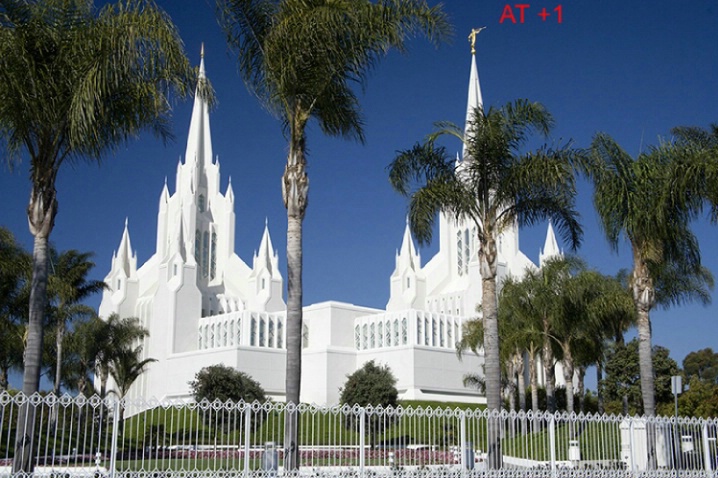LaJolla, CA, +1 Compensation

Uploaded: December 26, 2005
Exif: FNumber: 9, ExposureBiasValue: 67/100, ExposureTime: 0.008, Flash: flash did not fire, ISO: 100, WhiteBalance: auto white balance
Lynn R. Powers June 04, 2008 0
Lovely photograph, especially since it was taken at the wrong time of day (noon). LOLLynn #935280
Peter K. Burian June 04, 2008 0
Lynn: Thanks for your comment. We were on vacation and happened to be in La Jolla around 2pm. Yeah, the light was harsh but we were leaving soon. So I had one opportunity to get some photos.I see no value at all in using Manual mode.
In Aperture Priority AE I can set any aperture and the camera automatically sets the suitable shutter speed. I can quickly shoot a series of images at different f/stops, to vary the depth of field.
Exposure is easy to control with Exposure Compensation. (Or by metering off a mid tone and locking in that value with AE Lock.)
Today's cameras employ a light meter that reads the light that will actually reach the film or digital sensor. So, there is *no need to compensate for the loss of light caused by the filter*.
(That is only necessary for those who use an external, accessory light meter.)
I did need to use +1 compensation but only because the subject was white and would have caused under exposure. (Not because I was using a polarizing filter.)
Cheers!
Peter
www.peterkburian.com
#6018336
Peter K. Burian June 04, 2008 0
Lynn: Thanks for your comment. We were on vacation and happened to be in La Jolla around 2pm. Yeah, the light was harsh but we were leaving soon. So I had one opportunity to get some photos.I see no value at all in using Manual mode.
In Aperture Priority AE I can set any aperture and the camera automatically sets the suitable shutter speed. I can quickly shoot a series of images at different f/stops, to vary the depth of field.
Exposure is easy to control with Exposure Compensation. (Or by metering off a mid tone and locking in that value with AE Lock.)
Today's cameras employ a light meter that reads the light that will actually reach the film or digital sensor. So, there is *no need to compensate for the loss of light caused by the filter*.
(That is only necessary for those who use an external, accessory light meter.)
I did need to use +1 compensation but only because the subject was white and would have caused under exposure. (Not because I was using a polarizing filter.)
Cheers!
Peter
www.peterkburian.com
#6018348
Peter K. Burian June 04, 2008 0
But yes, you do need to remember to reset the exposure compensation.That is a drawback; and sure, we all forget to do so sometimes. Such is life.
Peter #6018365
Sign up for an interactive online photography course to get critiques on your photos.
Discussions by Category: You can view photo discussions on various themes in the Community > Photo Discussions section of the site.
BetterPhoto Websites: If you see an orange website link directly under the photographer's name, it's totally okay. It's not spam. The reason: BetterPhoto is the one that offers these personal photography websites. We are supporting our clients with those links.
Unavailable EXIF: If there is no other information but 'Unavailable' in the EXIF (meaning no EXIF data exists with the photo), the 'Unavailable' blurb is not displayed. If there is any info, it shows. Many photos have the EXIF stripped out when people modify the image and resave it, before uploading.
The following truth is one of the core philosophies of BetterPhoto:
I hear, I forget.
I see, I remember.
I do, I understand.
You learn by doing. Take your next online photography class.
Copyright for this photo belongs solely to Peter K. Burian.
Images may not be copied, downloaded, or used in any way without the expressed, written permission of the photographer.
Log in to follow or message this photographer or report this photo.

I already have an account!
